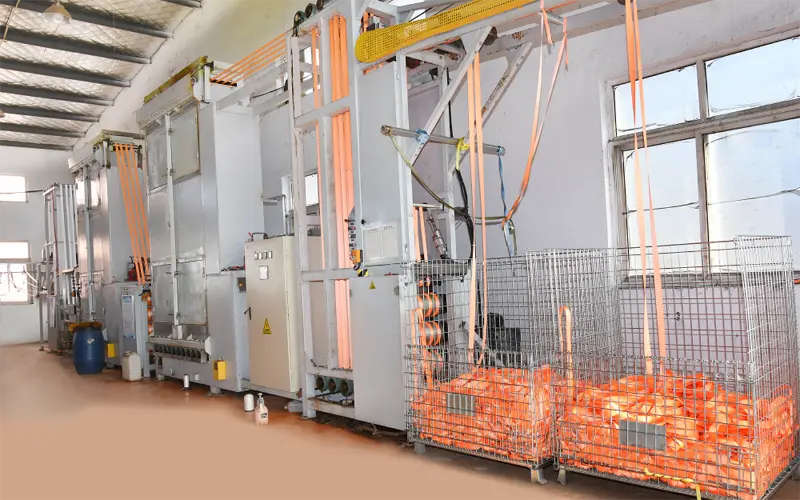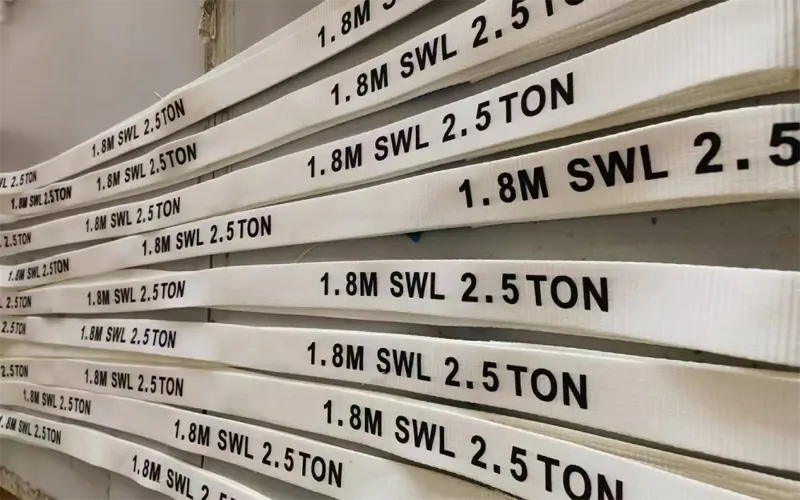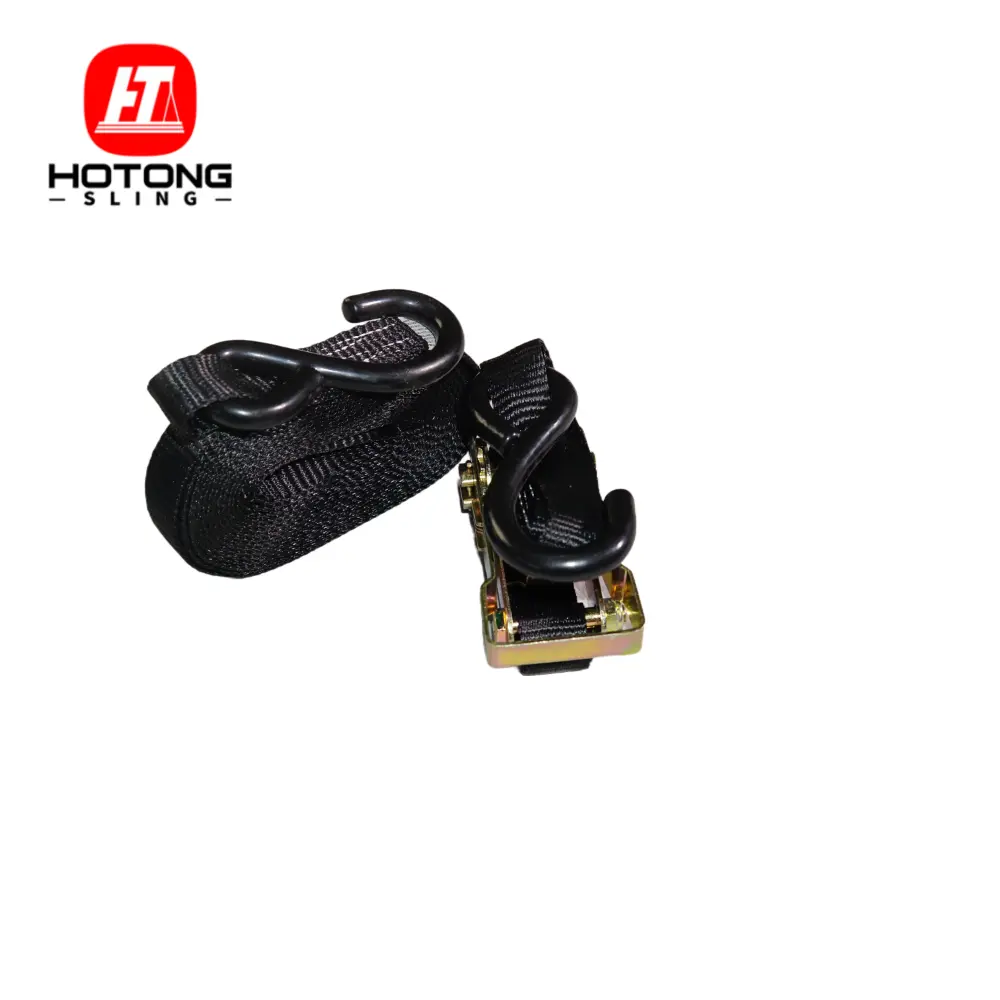1. Introduction
Flat webbing slings are essential tools for lifting and moving heavy objects. They are lightweight, easy to use, and very effective. You’ll often see them in industries like construction, manufacturing, and transportation. These slings are not only strong but also gentle on the surfaces of objects they lift, which makes them suitable for a wide range of tasks.https://htsling.com/product-category/flat-webbing-slings/
Choosing the right flat webbing sling is crucial to ensure safety and efficiency. This article will explain the different models, safety factors, color codes, and proper usage of flat webbing slings. With this information, you’ll be able to select the perfect sling for your lifting needs and use it safely and effectively.
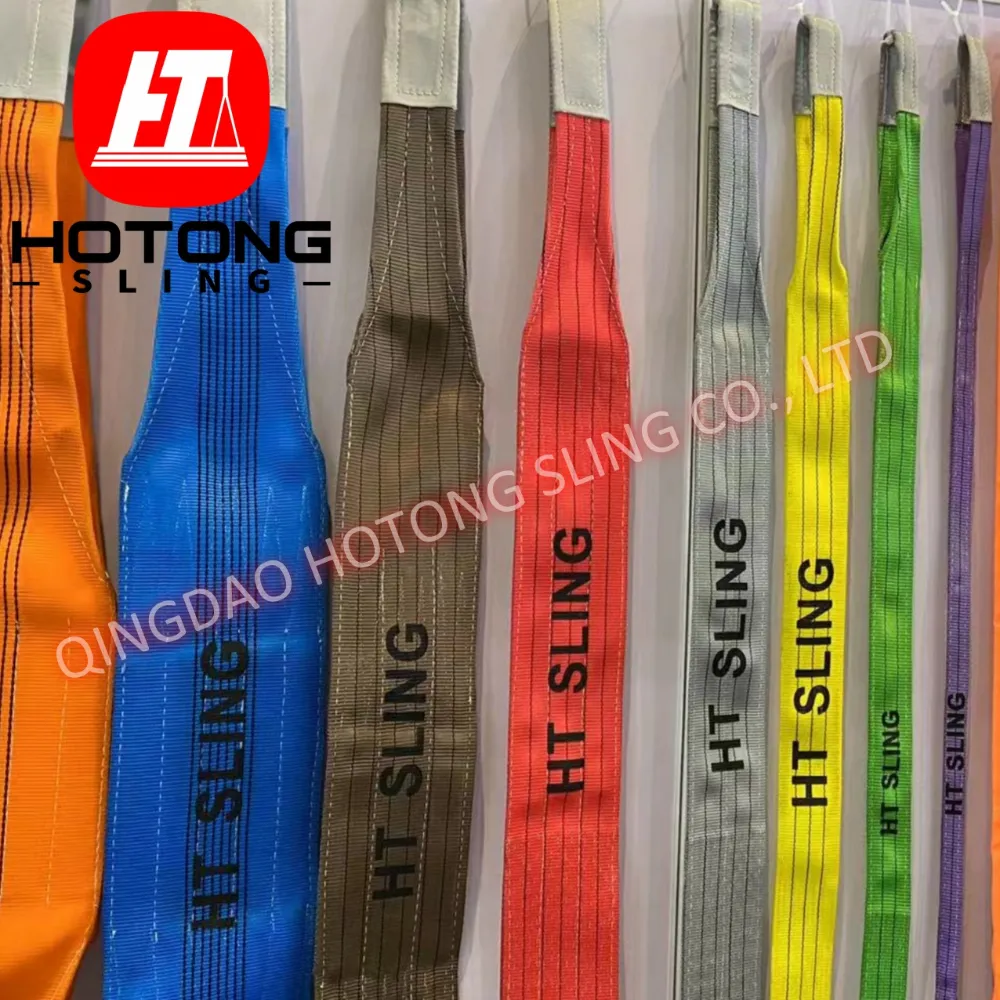
2. Common Models and Features of Flat Webbing Slings
(1) Regular Models
Flat webbing slings come in standard models that can lift weights ranging from 1 ton to 12 tons. These slings are designed to handle common lifting tasks, such as moving steel beams, machinery, and large containers.
Most flat webbing slings have two layers of strong, durable fibers. These layers give the sling its strength and allow it to handle heavy loads without tearing. Customers don’t need to worry about the number of layers—simply provide the weight of the object to professionals, and they will recommend the right sling for the job.
(2) Custom Large Models
For extra-large loads, custom flat webbing slings can be made to lift up to 48 tons or more. These special slings are perfect for lifting oversized equipment, industrial machines, or large tools. Customization options include adjusting the sling’s length and width to meet specific lifting requirements. These slings are ideal for industries with unique needs, such as mining or shipbuilding.

(3) Standard and Custom Lengths
Flat webbing slings are usually available in standard lengths ranging from 1 meter to 12 meters, which cover most lifting needs. For operations requiring longer slings, custom lengths can be made to order. Customization ensures that the sling is perfectly suited to the specific lifting environment, whether it’s for extra-tall structures, large machinery, or other specialized applications.
3. Safety Factor of Flat Webbing Slings
(1) What Is a Safety Factor?
The safety factor of a flat webbing sling is the ratio between its breaking strength and its working load limit. For example, if a sling breaks under 70 tons but is rated to carry 10 tons, its safety factor is 7:1. A higher safety factor means the sling is more reliable and safe for heavy lifting.
(2) Safety Factor Standards in Different Countries
Safety factors vary depending on the country:
- European Standard (EN 1492-1): The minimum safety factor is 7:1, meaning the sling’s breaking strength is seven times its working load.
- American Standard (ANSI/ASME B30.9): The minimum safety factor is 5:1, meaning the sling’s breaking strength is five times its working load.
- Australian Standard (AS 1353.1): The minimum safety factor is 8:1, ensuring even greater reliability for demanding tasks.
- Chinese Standard (GB/T 8521-2016): The minimum safety factor is 6:1, suitable for most lifting applications.
These safety factors ensure that flat webbing slings perform reliably under various conditions.
4. Color Coding of Flat Webbing Slings
(1) European Standard Color Codes
Flat webbing slings in Europe are color-coded by load capacity to make identification easy:
- 1 ton: Purple
- 2 tons: Green
- 3 tons: Yellow
- 4 tons: Gray
- 5 tons: Red
- 6 tons: Brown
- 8 tons: Blue
- 10+ tons: Orange
In addition to colors, slings have black stripes on them—each stripe represents 1 ton of capacity. For instance, a green sling (2 tons) will have two black stripes, and a blue sling (8 tons) will have eight black stripes. This combination of colors and stripes ensures quick and accurate identification.
(2) American Standard Color Codes
Flat webbing slings made to American standards are usually yellow, and they may have one black or red stripe. However, these stripes don’t indicate the lifting capacity. To confirm the sling’s load limit, check the attached label. The label provides detailed information, including the maximum load and safety factor.

5. How Lifting Methods Affect Load Capacity
The lifting method you use can change the sling’s actual load capacity. Here are the common methods:
- Straight Lift: The sling carries its full-rated load. The factor is 1x.
- U-shaped lift: The sling loops around the object, doubling its capacity. The factor is 2x.
- Choke Hitch (Basket Lift): The sling loops tightly around the object, reducing capacity to 0.8x.
- Angle Lifting (7° to 45°): When the sling lifts at an angle, its capacity increases to 1.4x.
Tip: Avoid lifting at angles greater than 45°, as it can reduce the sling’s capacity and create dangerous conditions.
(1) Proper Use and Maintenance of Flat Webbing Slings
To ensure safety and longevity, follow these guidelines:
- Use Correctly: Always keep the sling flat and untwisted. Avoid bending or stretching it excessively. Use protective covers if the object has sharp edges.
- Inspect Regularly: Before each use, check for wear, tears, or aging. Replace the sling immediately if you find any damage.
- Store Properly: After use, clean the sling and store it in a cool, dry place away from sunlight and moisture. Avoid stacking heavy objects on it.
- Professional Maintenance: Have the sling professionally inspected regularly to ensure there are no hidden problems.
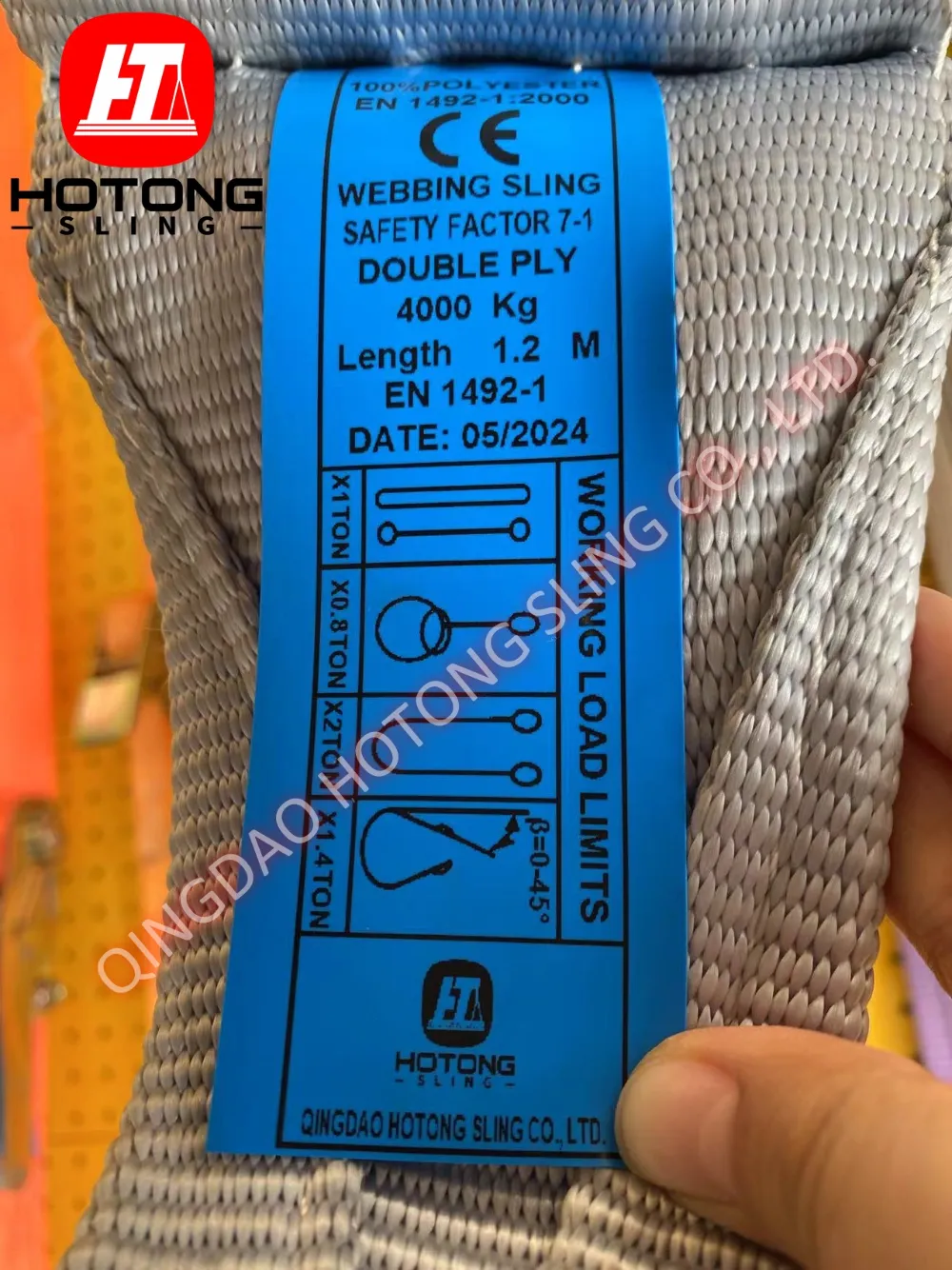
6. Flat Webbing Sling Width Specifications
The width of flat webbing slings varies depending on their load capacity and safety factor. For slings with a 7:1 safety factor (European Standard), the width usually increases in multiples of 30mm. For example:
- A 2-ton sling typically has a width of 60mm.
- A 3-ton sling has a width of 90mm.
- A 6-ton sling would be around 180mm wide.

For flat webbing slings with a 6:1 safety factor (Chinese Standard), the width generally increases in multiples of 25mm. For instance:
- A 1-ton sling is usually 25mm wide.
- A 2-ton sling has a width of 50mm.
- A 4-ton sling would be around 100mm wide.
Unless there are special requirements for specific applications, flat webbing slings are usually made according to these standard widths. When customers inquire about pricing or placing an order, it’s important to provide the required safety factor, tonnage (load capacity), and length. Professionals can then recommend the appropriate sling with the correct width and specifications.
By following these common standards, flat webbing slings ensure both safety and reliability in lifting operations, making it easy for customers to choose the right product.
7. Summary
Flat webbing slings are excellent tools for lifting heavy objects. They are lightweight, strong, and easy to use. By understanding their models, color codes, safety factors, and lifting methods, you can choose and use them safely and effectively.
For most tasks, standard flat webbing slings with capacities from 1 ton to 12 tons are sufficient. For heavier loads, custom slings can handle up to 48 tons or more. Always check the safety factor and color codes to ensure the sling meets your needs.
By following proper procedures and consulting professionals when needed, you can make lifting jobs safer and more efficient. Flat webbing slings are reliable tools that make heavy lifting easier and safer for everyone.https://htsling.com/

